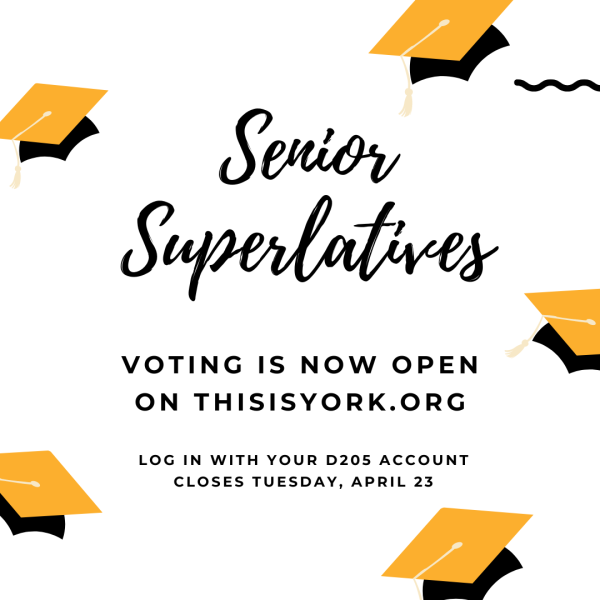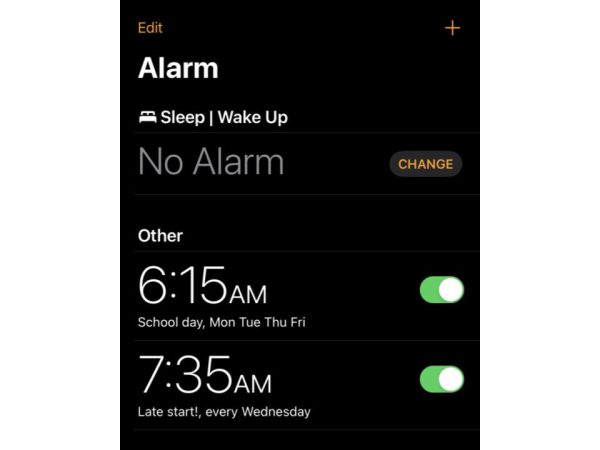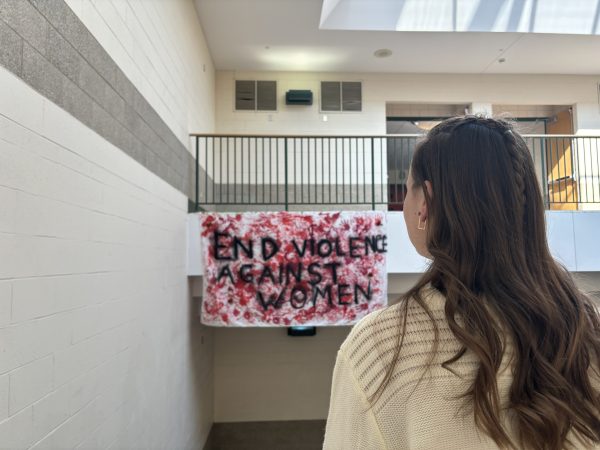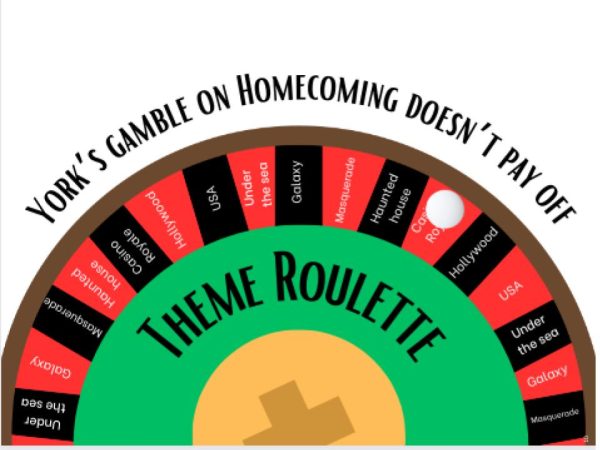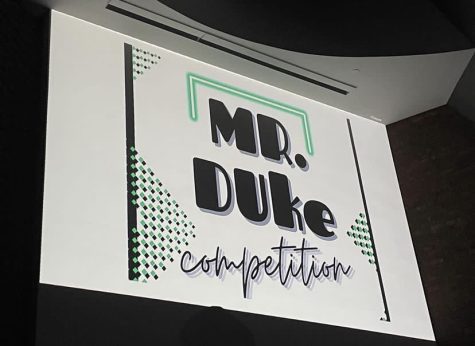Staff Editorial: The ten year challenge we failed
December 21, 2019
We started this decade at a point where taking a selfie took mad skill because the iPhone didn’t have a front-facing camera yet. Now look at our progress in society: you can buy a phone case devoted to lighting your face for the perfect selfie.
The reality is we have progressed. To put it in perspective, in 2010, our country still subscribed to the Don’t Ask Don’t tell policy which prevented discrimination against closeted lesbian, gay and bisexual members of the military, but also barred openly lesbian, gay and bisexual members from serving in the armed forces. As we grew up, Obergefell v. Hodges reached the Supreme court in 2015 and extended 14th amendment protections to same-sex couples.
We’ve had #MeToo, #BlackLivesMatter, #AllLivesMatter, #BlueLivesMatter #OccupyWallStreet, #NeverAgain, #TimesUp, #NoBanNoWall, #MAGA, I Can’t Breathe, Spread the Word to End the Word, My Body My Rights, the Tea Party Movement, March for our Lives, the Women’s March and Climate Strikes. We as a staff are not here to say right from wrong, but you can’t deny the 2010s have shown us a fair share of activism and change.
But even with significant progress, so much remains static. The York-Hi staff that covered 2010, the beginning of our decade, might be disappointed. Ten years later our staff is still covering the same issues in the desperate hope they’ll improve.
The York-Hi staff of 2010-2011 praised a marketing change for cigarette companies. The FDA prepared to place extremely graphic photos of smoking effects on the labels of cigarette packs, for example, a man smoking through a tracheotomy hole.
The change came out of the Family Smoking Prevention and Tobacco Control Act, the first law that gave the FDA the power to regulate tobacco products. At the time, the New York Times reported that 19.5% of American high schoolers smoked cigarettes.
In 2019, 28% of high schoolers use e-cigarettes according to the Centers for Disease Control and Prevention’s annual National Youth Tobacco Survey.
It’s glamourous marketing that got us here. For example, the creme brulee flavored craze of Juul pods is under fire for directly marketing to teens.
“Most scientists believe flavorings are used to target teenagers into becoming users,” Ana Rule, a professor of environmental health and engineering at Johns Hopkins University, told Business Insider.
Flavors, plus an unregulated social media blitz in the mid-2010s that relied on the relaxed sex appeal of the slick new device, created a new epidemic that’s just as addictive.
As part of a generation taught to demonize cigarettes, somehow we let e-cigarettes slip through the cracks. In a few decades, we’ll learn the total toll of glamorous ads that fooled teenagers: but there’s already a death count.
So we’re back to square one. But not quite: some of us have watched friends become addicted without even realizing, and that could pretty quickly lead to hopelessness. But let’s not forget that we learned how to demonize cigarettes; 2010 can attest to that.
In August of 2016, e-cigarettes were ruled to be within the regulatory power granted to the FDA under the Family Smoking Prevention and Tobacco Control Act, the same act, that nearly a decade ago, was used to place those graphic images on the little packages that caused them.
The “vaporize it” legacy has made its mark. It’s taken health and lives from our generation. Let’s count on policy and politicians but also ourselves to recognize and demonize e-cigarettes before they consume us.







